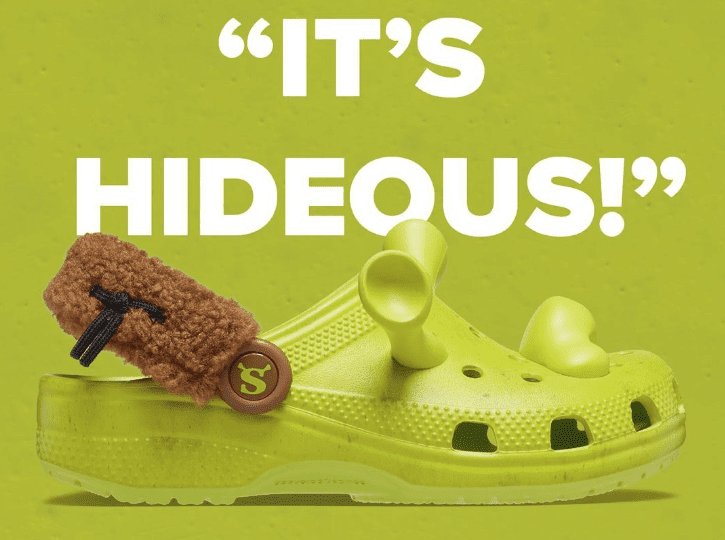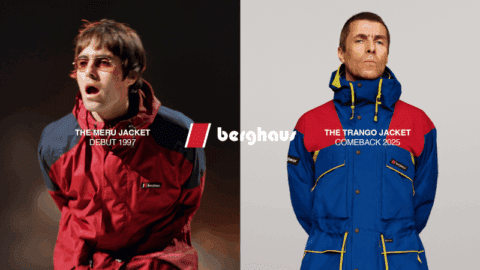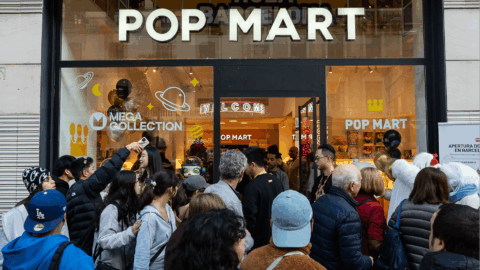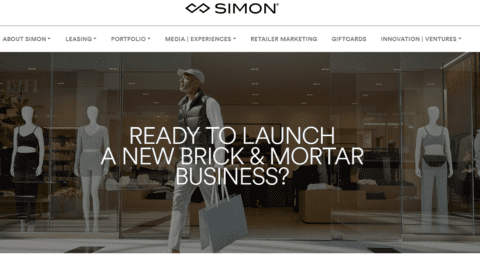While collaborations have always been part of the brand marketing playbook, the multiple facets (and attendant hype) generated by the Barbie movie marketing machine has reinvigorated retailers and inspired them to get even more creative with their partnerships.
Beyond creativity, another important part of the equation for success is firm alignment to core business objectives.
“The whole of the merchandise strategy should be guided by overarching, specific objectives, so messaging, assortment and accompanying services must be dictated by the overall mission and specific objectives of the launch,” said Melissa Minkow, Director of Retail Strategy for CI&T in an interview with Retail TouchPoints.
Executives should set objectives that span one or more areas:
- Marketing and brand strategy, which includes raising brand awareness among new audiences, increasing social buzz and following, and getting PR and news coverage;
- Product strategy, which entails testing new designs and product categories in existing and new markets; and
- Revenue generation, which simply means using a collaborative drop to drive a spike in sales.
“These are a few things that brands and retailers need to consider early on,” said Liza Amlani, Founder and Principal of Retail Strategy Group in an interview with Retail TouchPoints. “This can’t be a collaboration that a C-suite leader decided on because they think the customer will love it.”
Being Intentional About Collaborative Partners
Still, there’s no one right way to do a collaboration. Crocs, for example, has a rolling calendar of drops powered by various partners — from celebrities like Zooey Deschanel and Jimmy Kimmel to musical artists like Saweetie and SZA and brands in adjacent industries like Taco Bell.
“Crocs does a great job in ensuring the products are consistently branded for both partners, and they promote them in fun ways,” said Minkow. “They also allow the consumers to really get involved in the partnership, which is an important part of the equation.”
Minkow noted that the most meaningful and impactful collabs are deliberate and calculated. “These partnerships shouldn’t ever just exist because they can. To earn the respect and admiration of the customer, they need to be extremely intentional and value adding.”
That means brands need to consider not only audience relevance but the value that both parties will get from the partnership.
“Determine which brands have audiences that both overlap and sit outside your target audience, so that there’s natural alignment and also added value through the partnership,” Minkow said. “Ideally, each party gets to appeal to a wider net of consumers that aligns with their existing offering and/or an added offering developed through the partnership. These arrangements should signal their expertise in the product category they play in, while also providing new value in that space to the customer.”
Market research, social listening and qualitative interviews with consumers can help brands understand market trends and identify possible product gaps to pursue, according to Minkow. Once they understand what their target customer is looking for, they can “navigate to the correct partner for the mission.”
Kendra Scott has onboarded a variety of partners to support various goals. For instance, one partner may help introduce the Kendra Scott brand to a new audience or market, while another may help the brand be part of a much larger cultural moment or trend.
However, Kendra Scott doesn’t form a partnership unless there is clear alignment to the customer and a connection to Kendra Scott’s values as a philanthropic brand, said Colleen Wilson, SVP of Retail and Wholesale for Kendra Scott in an episode of the Retail Remix podcast.
“It really comes back to our customer, what they love, what they believe in, getting the products right, getting the collaboration right and then bringing it to life in stores,” Wilson said. “Will our customers love it? Will they be inspired by this, wake up in the morning, go online, get to the stores and really be drawn to this? That’s our North Star, it guides us and helps us make the decision.”
Harnessing the Power of Joint Marketing
A solid product or collection is the foundation of a great partnership. After all, you don’t want to create a product that doesn’t meet a market need or puts a new, fresh spin on an established category or product offering.
“Bring a balance of fun and real value to the space you’re entering,” Minkow advised. “The fun part especially matters in order to capture attention with a new endeavor.”
Then, the brands should align on a holistic business strategy that speaks to the benefits for both parties. “There has to be a win-win objective for the collaborators,” Amlani said. “What will they gain in terms of messaging and engagement? They must be on the same page.”
That’s why both parties should promote the product or collection consistently through their own branded channels using a combination of individual and shared assets.
“It’s crucial that each brand fully stand behind the partnership to encourage consumer buy-in and to not appear one-sided,” Minkow advised. “The more organically the news and content spreads through, the more likely it will resonate with the goal audiences. When a collaboration hits the mark, the intended audiences will often serve as megaphones for the launch.”
However, Minkow noted that brands should not overlook the power of the launch when crafting their campaign strategies. How will you raise initial awareness of the partnership and get the story behind the collaboration out to market? How will you generate excitement around the launch? “It will be a big letdown to loyal fans of either or both brands if the debut feels haphazard,” she added. “It reads as disrespectful to the consumers who are excited and care.”
Embracing Relevant but Unexpected Partners
In some cases, an alignment between brand partners is obvious. (For example, Kendra Scott’s partnership with Barbie). But in other cases, collaborations are a bit less expected and yet still manage to meet an untapped market need.
“Sometimes the collabs you least expect make the most noise,” Amlani said. “The Tiffany x Nike collab may not have made sense to the retail community, but they are selling on resale sneaker platforms for over $1,000. This tells me that customers were interested in this collab; even the shoebox became a collector item.”
And sometimes, possible partners can exist in completely different industries. One example is Ford Motor Co.’s limited-edition capsule collection with Madewell. With prices ranging from $19 to $45, the men’s collection included seven pieces: jeans, a work shirt, two graphic tees, a denim jacket, a trucker hat and a leather key fob. The items were crafted using an exclusive “Bronco” wash and were adorned with Ford branding, making the collab equal parts unexpected and surprisingly relevant.
Shoe brand Kizik also collaborated with Jet-Puffed (yes, the marshmallow brand) on a new shoe design in celebration of National S’mores Day. The shoe has a hue and style reminiscent of a “perfectly toasted Jet-Puffed marshmallow,” transitioning from a white sole to a golden-brown top. Not to mention that the shoes themselves are touted as “super cushy,” like, well, marshmallows.
A Force Multiplier for Innovation
Collaborative collections and limited-edition drops are equal parts marketing and product strategy. Additionally, they can equally serve as an acquisition tactic and as a vehicle to show love for your most loyal brand fans. As a result, all parties in a collaborative partnership need to showcase their best attributes and their key differentiators, according to Minkow. They also shouldn’t be afraid to “come to the table with creative ideas that really stretch what the market has seen.”
“There is immense opportunity to learn [from these collaborations],” Amlani added. “Brands and retailers can share insights and data to inform design and assortment decisions and incorporate the voice of the customer into their business. In turn, they can improve brand recognition, drive full-price sales, increase value and even expand into new markets and demographics. Capturing existing customer engagement and new customer acquisition should be the priority, but some businesses lose sight of this.”















